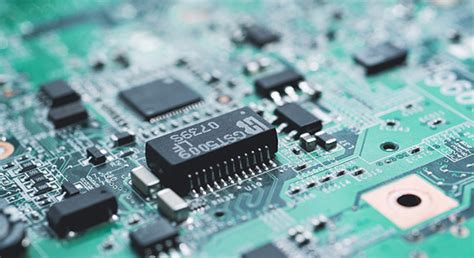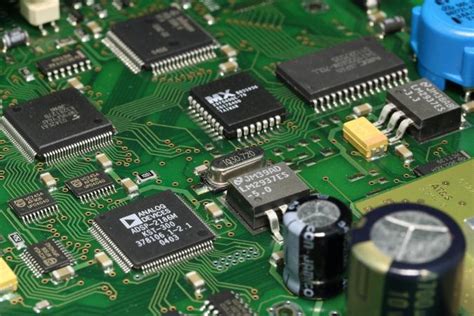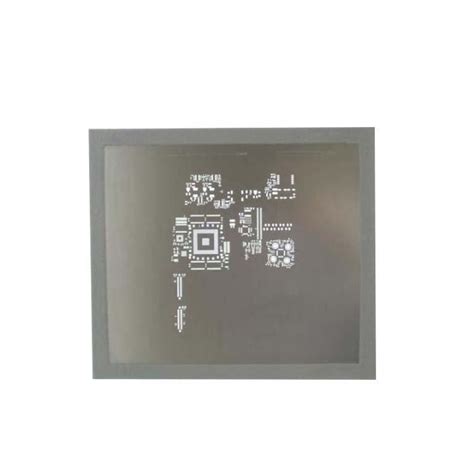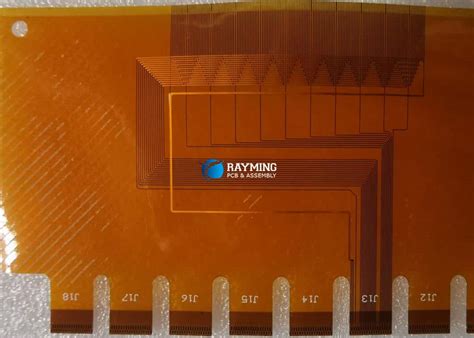PCB Impedance Control: A Comprehensive Guide
Introduction to PCB Impedance Control
Printed Circuit Board (PCB) impedance control is a critical aspect of modern electronics design, particularly for high-speed digital circuits and high-frequency analog applications. As signal frequencies continue to increase in today’s electronic devices, maintaining controlled impedance throughout PCB traces has become essential for ensuring signal integrity and proper system functionality.
Impedance control refers to the practice of designing PCB traces to maintain a specific characteristic impedance throughout their length. This characteristic impedance is determined by the physical dimensions of the trace and its relationship with reference planes (typically ground or power planes), as well as the dielectric properties of the PCB material.
Why Impedance Control Matters
In high-speed digital systems (typically above 50MHz) and RF circuits, uncontrolled impedance can lead to several serious problems:
- Signal Reflections: When a signal encounters an impedance mismatch, part of the signal reflects back toward the source. These reflections can cause signal distortion and timing issues.
- Signal Integrity Degradation: Uncontrolled impedance can lead to signal attenuation, ringing, and other distortions that compromise data integrity.
- Electromagnetic Interference (EMI): Impedance mismatches can cause signal radiation, leading to increased EMI and potential compliance issues.
- Power Integrity Problems: Return path discontinuities caused by impedance mismatches can affect power delivery to components.
Key Parameters Affecting PCB Impedance
Several factors influence the characteristic impedance of PCB traces:
- Trace Width: Wider traces generally have lower impedance, while narrower traces have higher impedance.
- Trace Thickness (Copper Weight): Thicker copper increases the cross-sectional area of the trace, lowering its impedance.
- Dielectric Thickness (H): The distance between the trace and its reference plane significantly affects impedance. Greater distance increases impedance.
- Dielectric Constant (Dk or εr): The insulating material’s permittivity affects how electric fields interact with the trace. Higher Dk values typically result in lower impedance.
- Solder Mask: The presence and properties of solder mask can slightly affect impedance by changing the effective dielectric constant around the trace.
Common Impedance Profiles
PCB designers typically work with several standard impedance values:
- Single-ended Impedance:
- 50Ω: Common for RF circuits, many test equipment interfaces
- 55Ω: Used in some memory interfaces
- 60Ω: Occasionally used in specific applications
- 75Ω: Common for video signals and some RF applications
- Differential Impedance:
- 90Ω: Common for USB interfaces
- 100Ω: Standard for Ethernet, LVDS, and many serial interfaces
- 120Ω: Used in some legacy differential systems
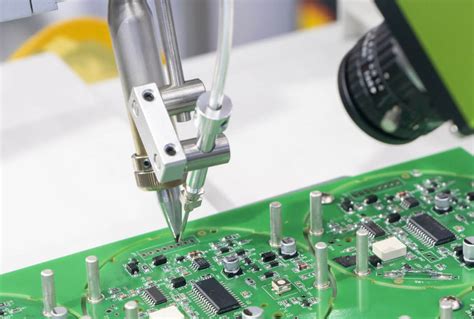
Impedance Control Techniques
Achieving proper impedance control requires careful design and manufacturing considerations:
- Stackup Design:
- Plan layer arrangement carefully to provide proper reference planes
- Maintain consistent dielectric thicknesses
- Consider using symmetrical stackups to prevent warpage
- Trace Geometry:
- Use appropriate trace width for target impedance
- Maintain consistent trace thickness (specify copper weight)
- Account for trace roughness at high frequencies
- Material Selection:
- Choose materials with stable dielectric constants across frequency
- Consider low-loss materials for high-frequency applications
- Ensure material consistency across the PCB
- Manufacturing Considerations:
- Specify impedance control requirements to your PCB fabricator
- Understand that different manufacturers may have slightly different processes
- Request impedance testing reports for critical designs
Calculating PCB Impedance
While complex field solvers provide the most accurate results, several simplified equations can provide good estimates:
- Microstrip Impedance (outer layer):
Z₀ ≈ [87/√(εr + 1.41)] × ln[5.98H/(0.8W + T)]Where:
- Z₀ = characteristic impedance (Ω)
- εr = dielectric constant
- H = dielectric thickness (mils)
- W = trace width (mils)
- T = trace thickness (mils)
- Stripline Impedance (inner layer):
Z₀ ≈ [60/√εr] × ln[4H/(0.67π(0.8W + T))]Many online calculators and PCB design tools incorporate these or more sophisticated models to help designers achieve their target impedance.
Impedance Matching Techniques
Even with controlled impedance traces, proper termination is often necessary:
- Series Termination: A resistor placed near the driver matches the source impedance to the line impedance.
- Parallel Termination: A resistor at the end of the line matches the load impedance to the line impedance.
- Thevenin Termination: Uses a voltage divider network to provide proper termination.
- AC Termination: Uses a capacitor in series with a resistor for DC isolation while providing AC termination.
Measurement and Verification
Verifying impedance control requires specialized techniques:
- Time Domain Reflectometry (TDR): The gold standard for impedance measurement, sending a fast edge signal and analyzing reflections.
- Network Analysis: Measures S-parameters to determine impedance characteristics across frequency.
- Manufacturing Test Coupons: Special test structures fabricated alongside the PCB for verification.
Advanced Topics in Impedance Control
- Differential Pair Routing:
- Maintain consistent spacing (coupling) between pair members
- Length matching to minimize skew
- Careful handling of bends and transitions
- Cross-hatched Planes:
- Effects on impedance when using cross-hatched reference planes
- Techniques for maintaining consistent impedance
- Via Structures:
- Impedance discontinuities at vias
- Techniques for via impedance control (back-drilling, stitching vias)
- Flex and Rigid-Flex Considerations:
- Unique challenges in flexible circuits
- Impedance control across bend areas

Industry Standards and Specifications
Several standards address impedance control requirements:
- IPC-2141: “Design Guide for High-Speed Controlled Impedance Circuit Boards”
- IPC-2251: “Design Guide for the Packaging of High-Speed Electronic Circuits”
- IPC-7351: Generic requirements for surface mount design
- IEEE P370: Standards for characterizing high-speed interconnects
Common Challenges and Solutions
- Manufacturing Tolerances:
- Typical ±10% impedance tolerance is common
- Tighter tolerances (±5% or better) available but increase cost
- Material Variations:
- Dielectric constant can vary with frequency and batch
- Solution: Characterize materials at operating frequencies
- Edge Effects:
- Trace edges aren’t perfectly rectangular
- Solution: Account for trapezoidal cross-section in calculations
- Surface Roughness:
- Copper roughness affects high-frequency impedance
- Solution: Use low-profile copper or adjust models
Future Trends in Impedance Control
- Higher Frequencies: As data rates continue to increase (112Gbps and beyond), impedance control becomes more challenging.
- New Materials: Development of ultra-low-loss materials with stable dielectric constants.
- 3D Integration: Impedance control in advanced packaging and 3D ICs.
- Automated Design Tools: AI-assisted impedance tuning and optimization.
Conclusion
PCB impedance control is a fundamental requirement for modern high-speed digital and high-frequency analog designs. Proper impedance control ensures signal integrity, reduces EMI, and improves overall system reliability. By understanding the principles of impedance control, carefully designing board stackups and trace geometries, selecting appropriate materials, and working closely with manufacturing partners, designers can successfully implement impedance-controlled PCBs that meet their application requirements.
As electronic systems continue to push the boundaries of speed and performance, mastery of impedance control techniques will remain an essential skill for PCB designers and engineers. The field continues to evolve with new materials, measurement techniques, and design methodologies emerging to meet the challenges of next-generation electronics


